with his hand on a female bust
Pastel with very beautiful blue shades
18th century
With the frame: 75 x 61.5 cm
Without the frame: 64 x 50 cm
Male portraiture in pastel flourished in the 18th century, especially across Europe, where this technique became highly valued for its ability to capture the softness of features and the subtlety of expressions. Pastel, made from dry pigments applied directly onto a textured surface, allows for great delicacy in color gradients, making it ideal for rendering skin tones and facial details.
During the 18th century, pastel was widely used by French, Italian, British, and Spanish artists. In France, artists like Maurice Quentin de La Tour and Jean-Baptiste Perronneau excelled in this medium, creating male portraits that combined realism, elegance, and vitality. These portraits often depicted members of the nobility, intellectuals, or artists, reflecting their social status and personality.
Pastel lends itself particularly well to effects of light and the textures of clothing, adding refinement and life to the portraits. Male subjects were often portrayed with direct or thoughtful gazes, in classical poses, sometimes accompanied by symbolic accessories such as swords, quills, or books that referenced their profession or rank.
Thanks to its quick execution and luminous finish, pastel was popular for intimate, small-scale portraits intended to be kept in decorative frames or exchanged among close relations. Although the technique declined towards the end of the century with the rise of oil painting and photography, it remains a valuable testament to the artistic sensitivity of the 18th century.


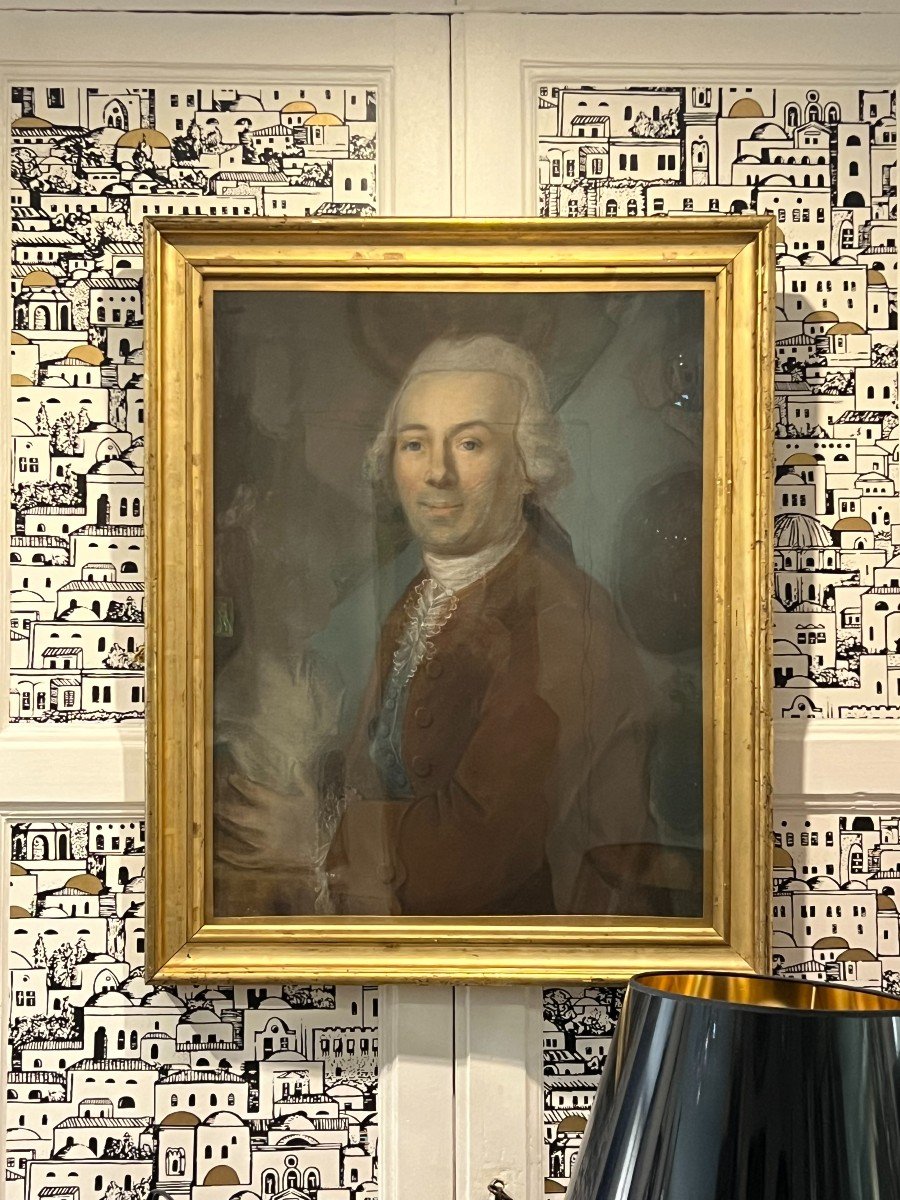

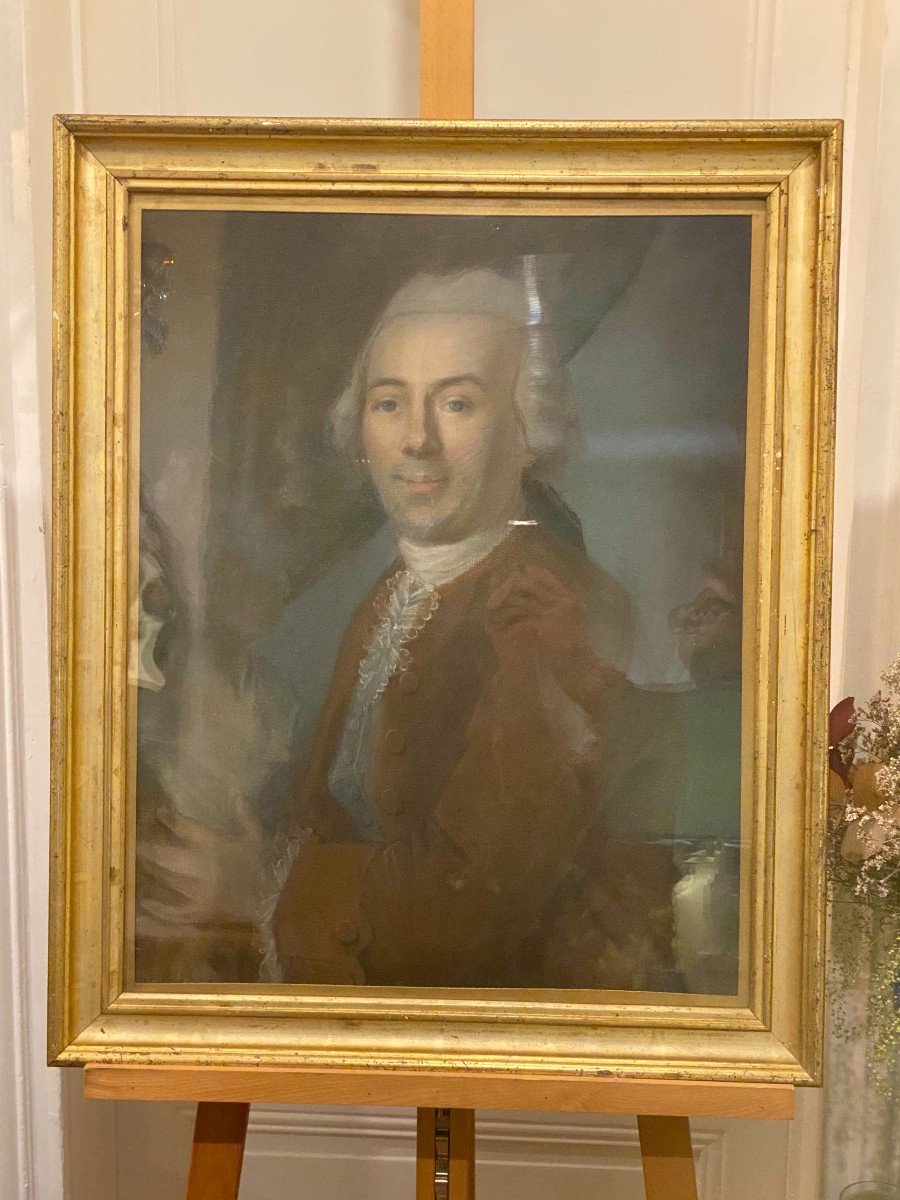

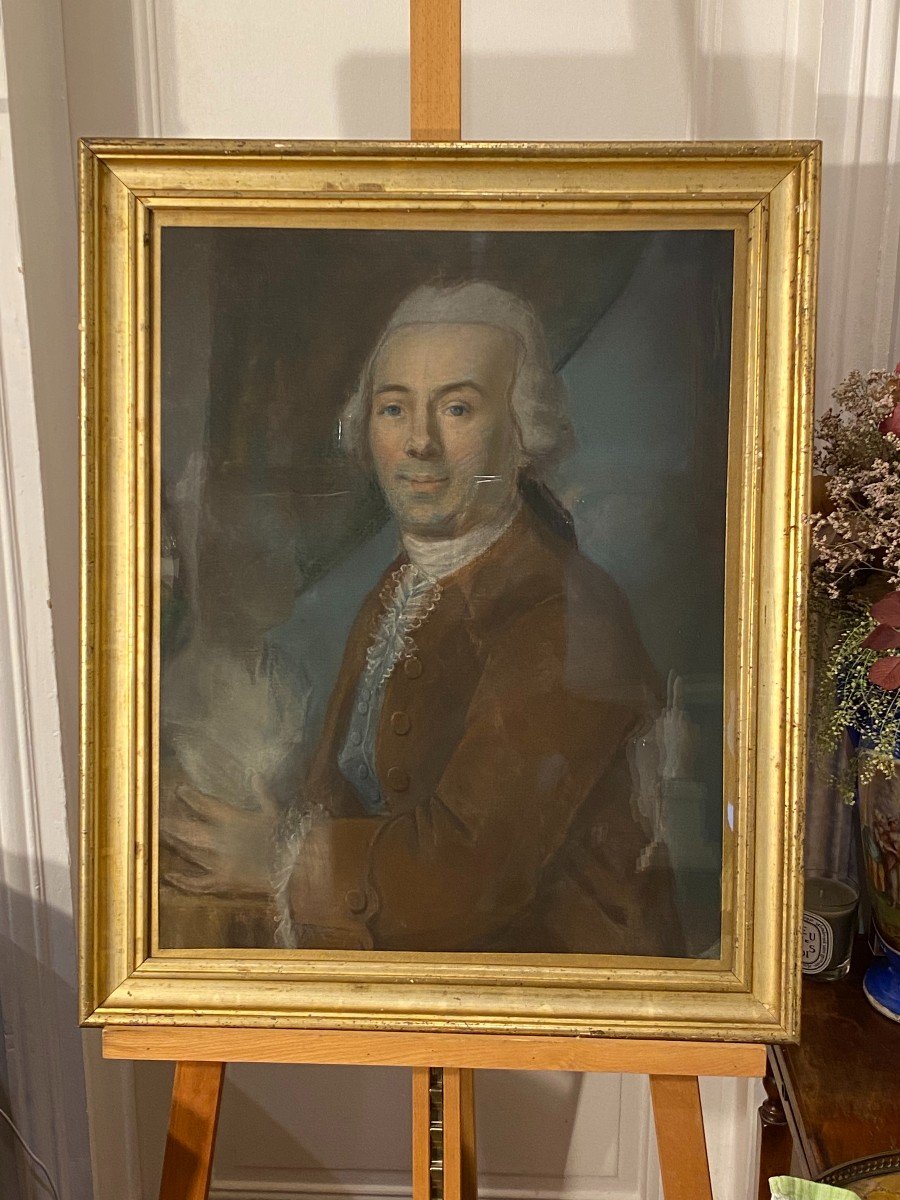








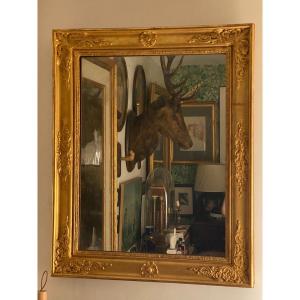


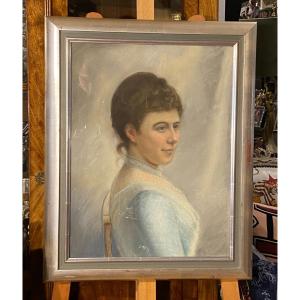

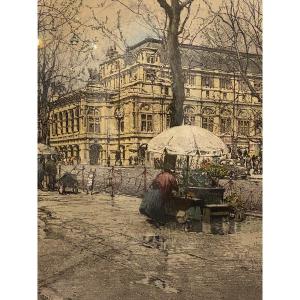

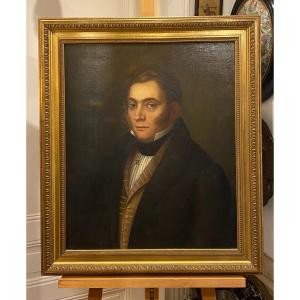
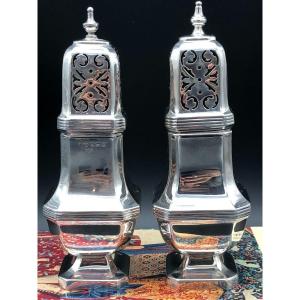
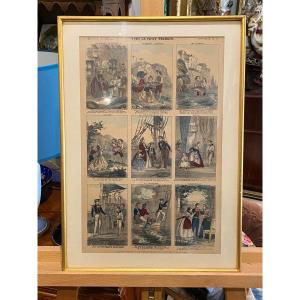

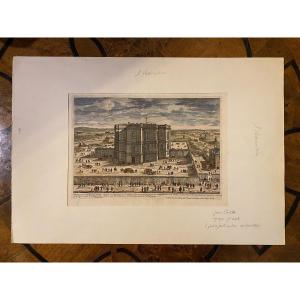
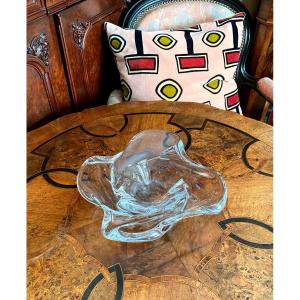
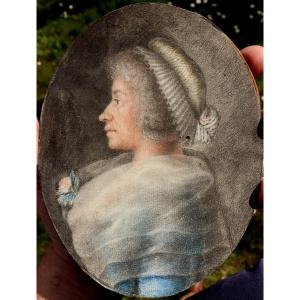

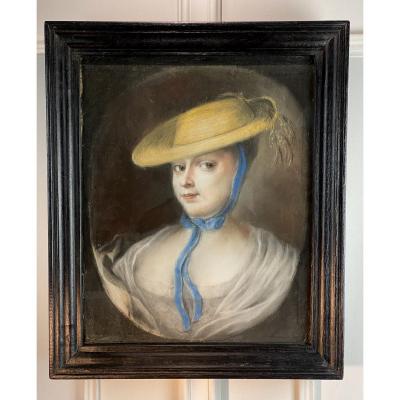
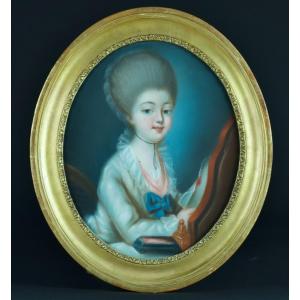
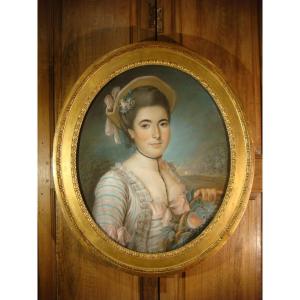



 Le Magazine de PROANTIC
Le Magazine de PROANTIC TRÉSORS Magazine
TRÉSORS Magazine Rivista Artiquariato
Rivista Artiquariato